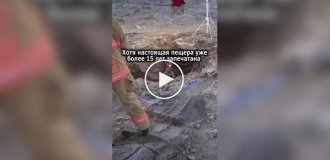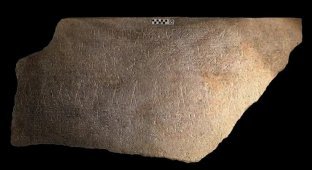Unusual and interesting photos from different countries of the world, taken in the 20th century (21 photos)
These shots were originally black and white, but thanks to painstaking coloring they have acquired a new life. Now they allow the modern viewer to immerse themselves more deeply in the atmosphere of the past and look at the world through the eyes of people of that era - brightly, realistically and truly alive. And look at the life and everyday life of different countries of the world. 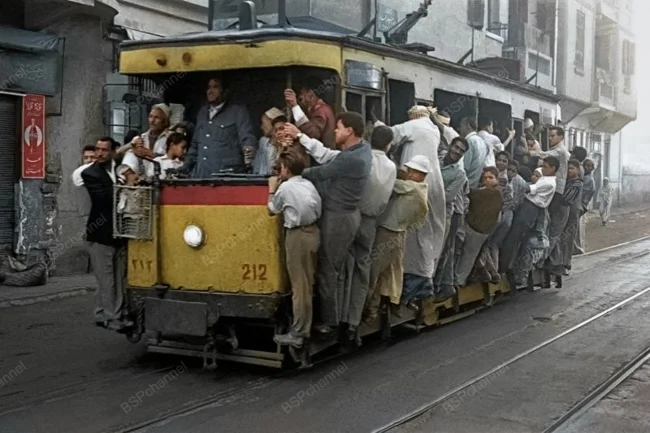
Nuns. Rio, Brazil, 1955. 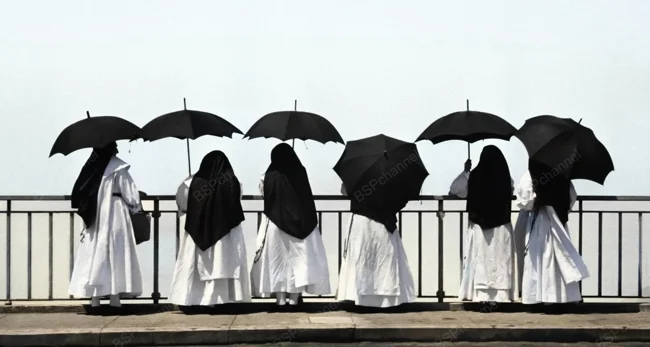
Photographer: Ormond Gigli
The Sonter family packing fruit. Australia, 1911. 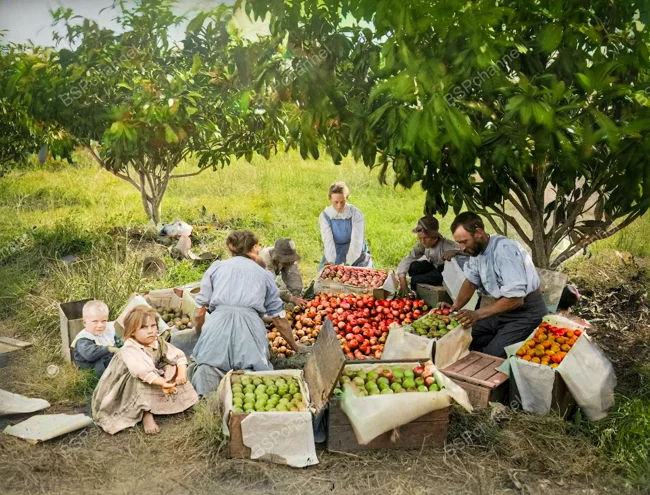
Colossal statue of Ramses II. Memphis, Egypt. 1920-1933. 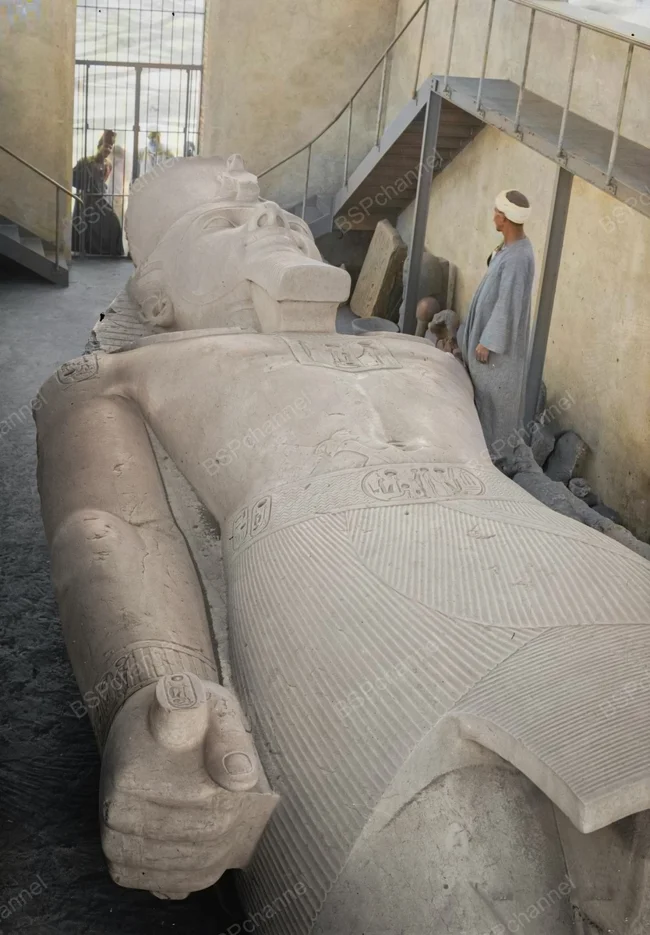
This is a grandiose statue of Pharaoh Ramses II, depicting him standing in a majestic pose. It is about 3,200 years old, made of red granite, stands 11 meters high and weighs 83 tons. The statue was first discovered in 1820 at Mit Rahina, near ancient Memphis, where it lay broken into six fragments. For decades, it remained in ruins until attempts were made to restore it. Initial restoration efforts on site were unsuccessful. However, in 1955, Egyptian Prime Minister Gamal Abdel Nasser ordered the fragments to be transported to Cairo. They were installed in Bab al-Hadid Square, next to the main train station, which has since become known as Ramses Square. There, the statue was restored, assembled, and raised onto a three-meter pedestal at the edge of the fountain. Iron rods were installed inside the sculpture to ensure stability. However, by the end of the 20th century, it became obvious that the urban environment was damaging the monument: the statue suffered from exhaust fumes, rain, and vibrations from transport. In 2006, the Egyptian authorities decided to move it to a more suitable location. First, the colossus was temporarily moved to the Giza Plateau, and then to the Grand Egyptian Museum, where it is now kept in ideal conditions.
On the streets of Algiers, 1920s. 
Robert Scott's South Pole Expedition, 1910-1913 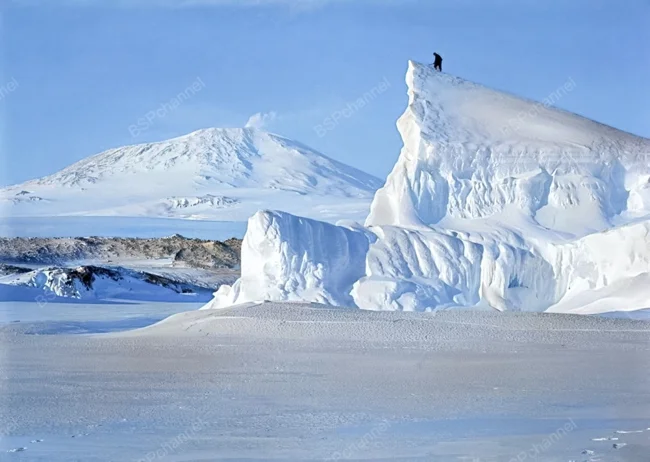
Guffa (traditional round boat) on the Tigris, Baghdad, 1932. 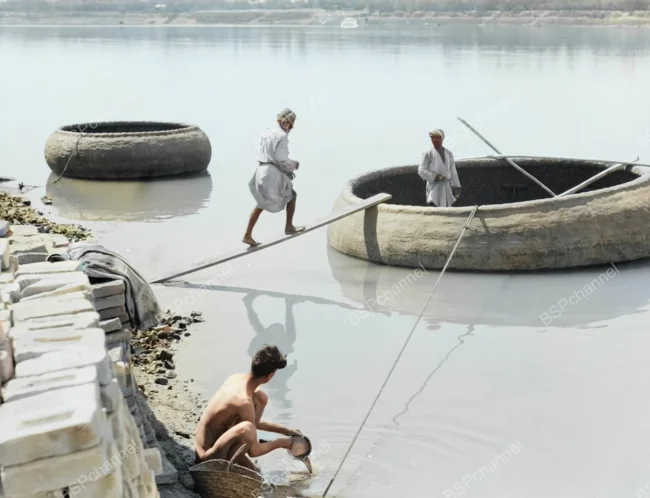
The guffa (or kuffa) is an ancient round-shaped floating craft used in Mesopotamia and the Indus River basin. This primitive, but extremely reliable and stable vessel did not sink even when capsized, which made it ideal for transporting goods along rivers. The Norwegian explorer Thor Heyerdahl mentioned the high cross-country ability and durability of the guffa in his book "The Tigris Expedition", describing his travels in Iraq. The guffa's hull was woven from flexible willow rods, then sealed with natural bitumen or asphalt and covered with animal skins to protect it from water. Due to its round shape, the vessel had no distinct bow or stern - it could be used in any direction, which greatly simplified maneuvering.
The Thunderbird aerobatic team, Philippines, 1959. 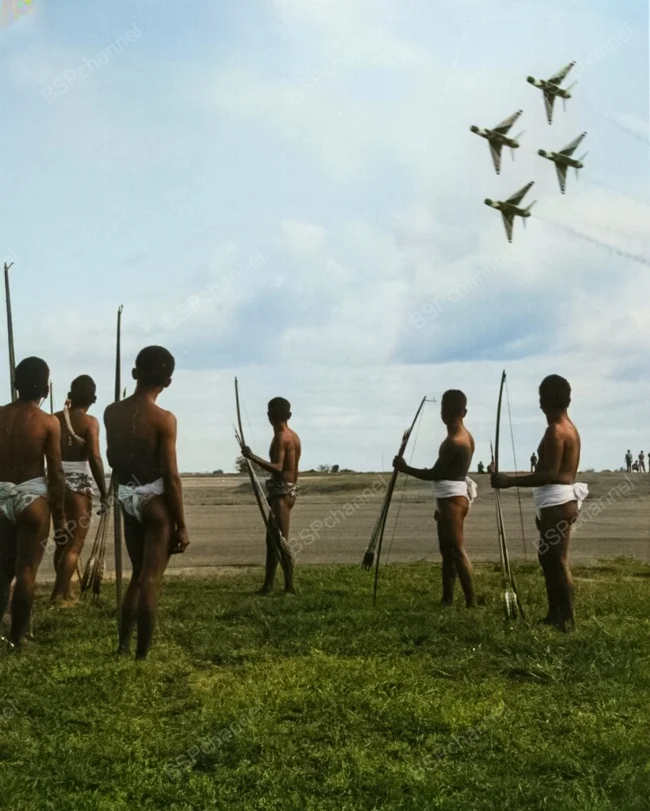
Construction of the Palace of the National Congress of Brazil, 1950s. 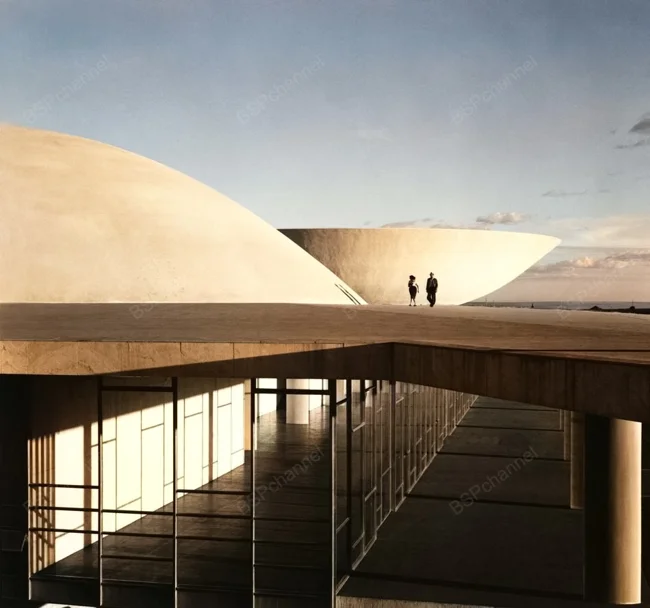
The building is located in the capital of Brazil - Brasilia. Oscar Niemeyer, the great Brazilian architect, was the main inspiration and creator of the architectural appearance of Brasilia, the new capital of the country. His unique style, based on smooth, flowing forms and the rejection of right angles, gave the city a futuristic appearance, harmoniously integrated into the natural landscape of the central plateau of Brazil. One of the key buildings designed by Niemeyer was the Palace of the National Congress (also known as the Palace of Nereu Ramos), opened in 1960 - the year the capital was officially moved from Rio de Janeiro to Brasilia. This building became a symbol of democracy and political power of the country. Today, it houses the headquarters of the federal legislative power of Brazil - the Senate and the Chamber of Deputies.
A Syrian family walking along a road past walled houses in the shape of an old Phoenician city, 1940. 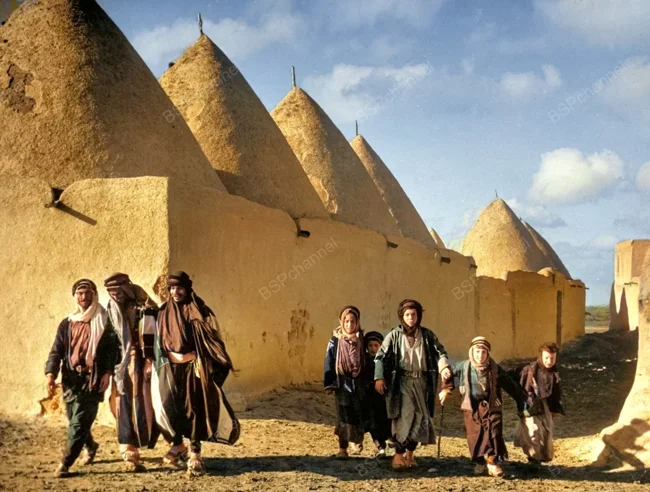
Photographer: Margaret Bourke-White
A young Ndebele girl balances firewood on her head. South Africa, 1955. 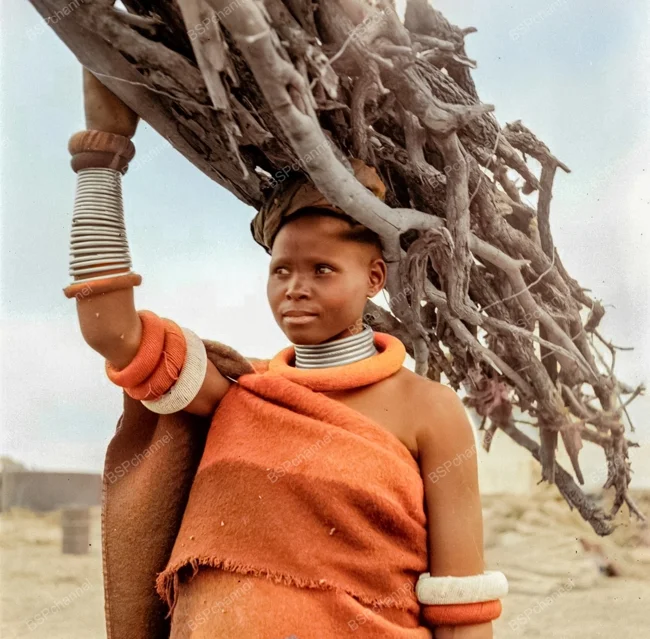
A man in a heavy apron, mask and glove, possibly holding an X-ray machine, stands next to a seated man. South Africa, Johannesburg General Hospital, 1905. 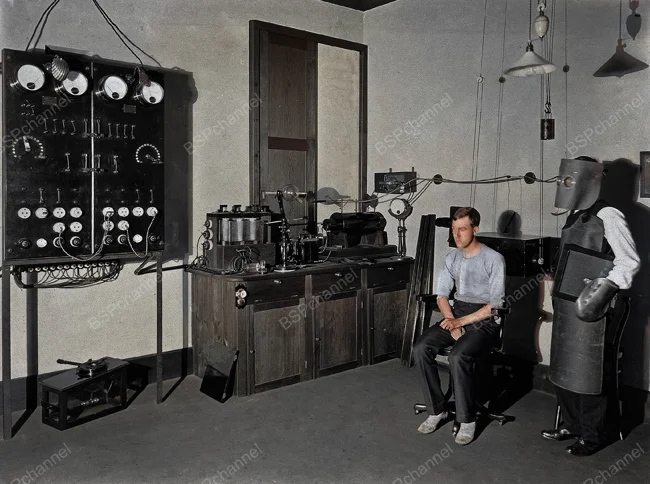
Trained elephants. Sri Lanka, 1920-30. 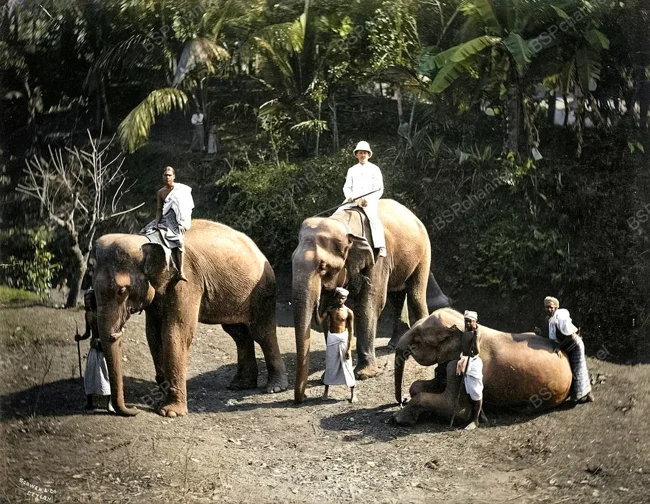
Christ the Redeemer under construction. Rio de Janeiro, Brazil, 1931. 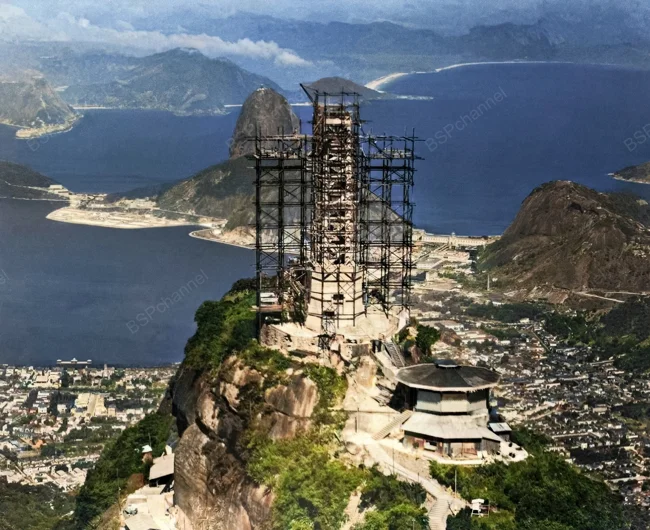
The Christ the Redeemer statue, the main symbol of Rio de Janeiro and all of Brazil, was inaugurated on October 12, 1931. It stands on top of Mount Corcovado at an altitude of over 700 meters above sea level, embracing the space around it with its outstretched arms. This monument is one of the most recognizable in the world and is also the largest Art Deco statue. Its image has become not only a spiritual symbol, but also a cultural dominant, attracting millions of tourists from all over the world. The statue reaches a height of 38 meters, of which 8 meters are on the pedestal. Its arms, spread out in a sign of blessing, have a span of 28 meters, and the total weight of the structure is 635 tons. Construction lasted about nine years, from 1922 to 1931.
A Shell gas station in the desert. Algeria, 1963. 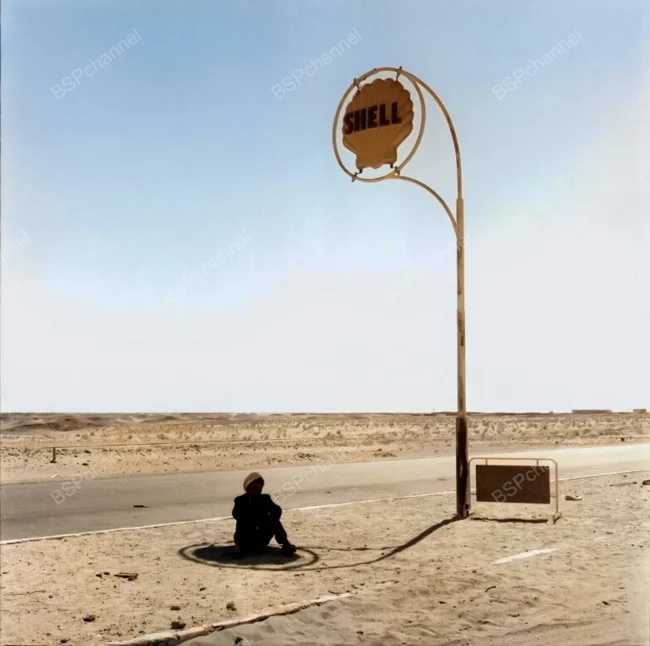
Photographer: Paul Almasy
Women practice target practice on the outskirts of Tehran, Iran, 1986. 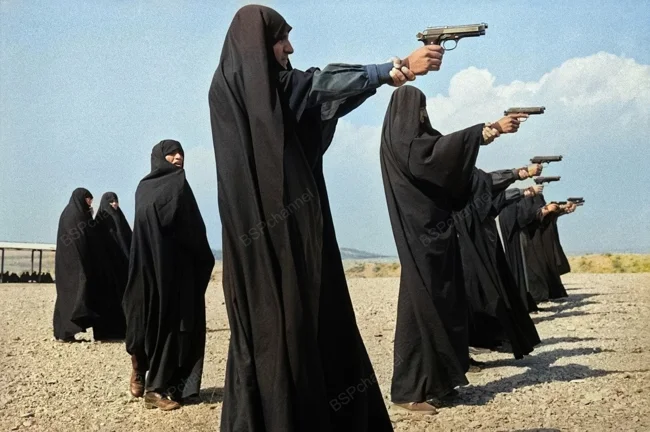
Photographer: Jean Gaumi
A herbalist. Cairo, Egypt, 1962. 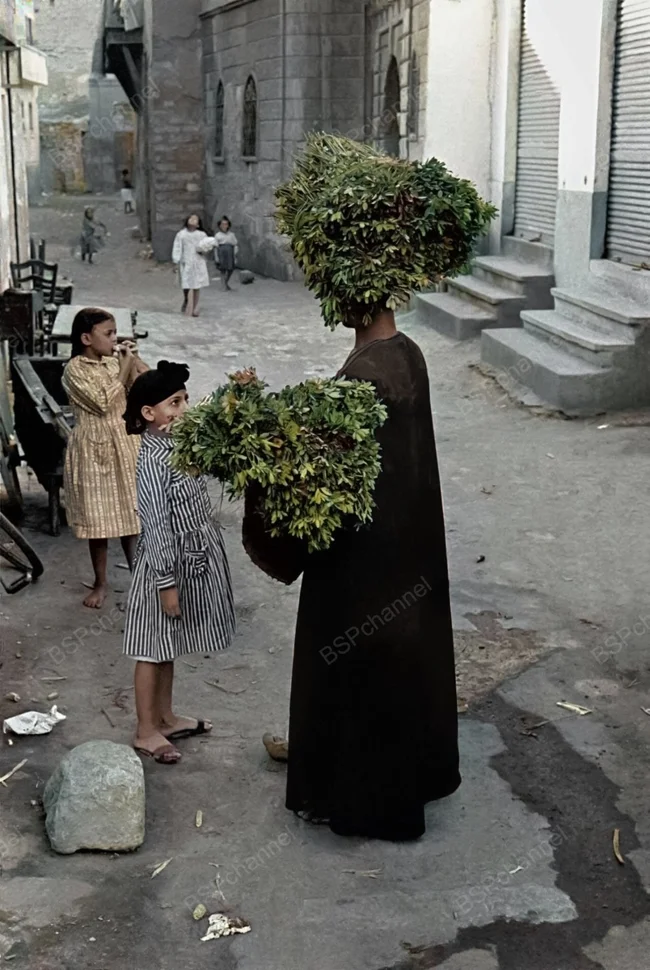
Photographer: Frank Horvath
Children of Nepal, 1965. 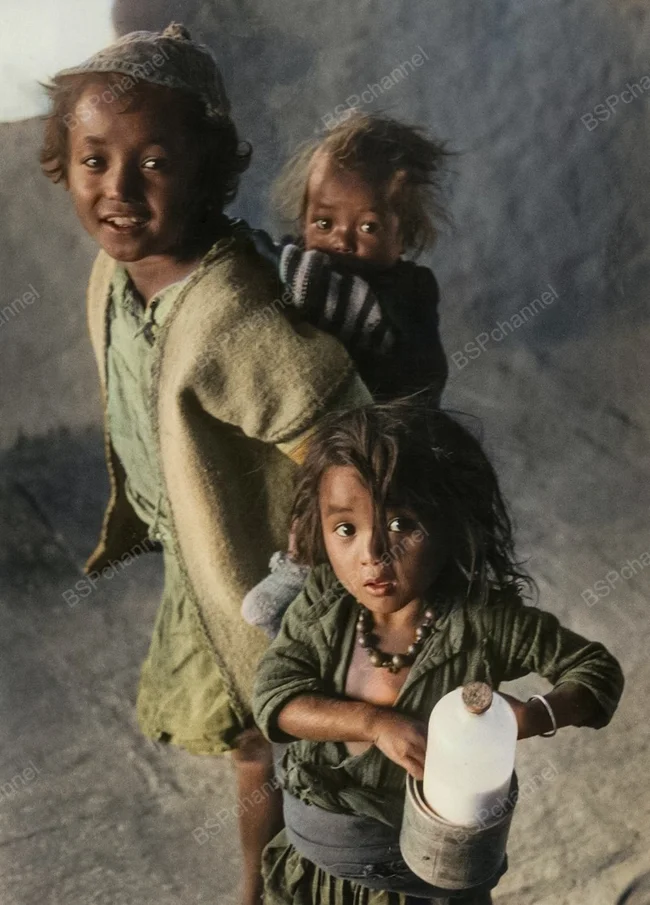
Photographer: Michael Wolgensinger
Egypt, 1939. 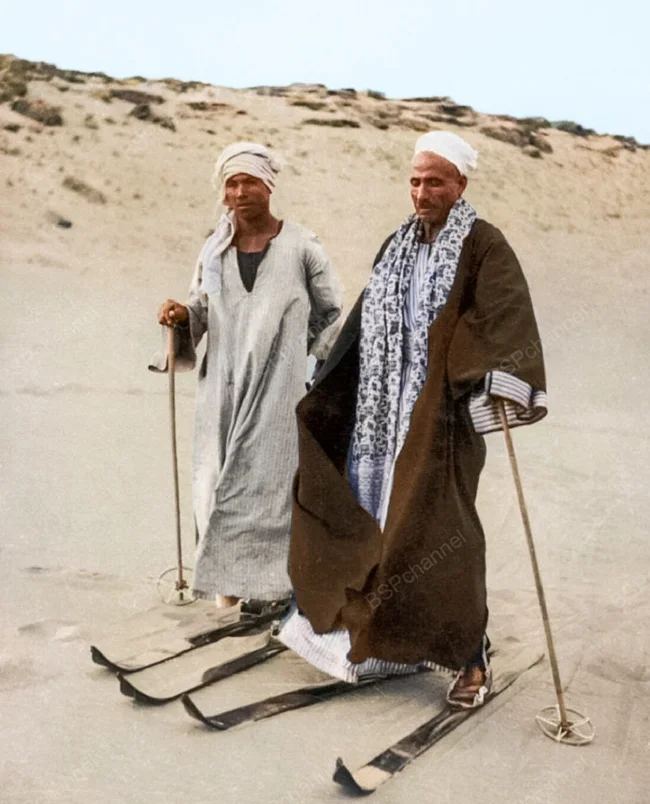
Tree. Mexico, 1983. 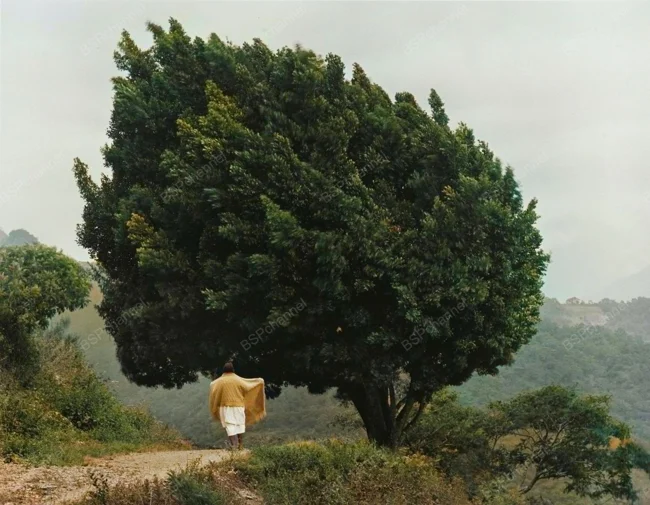
Photographer: Flor Garduño
Cairo tram, 1962. 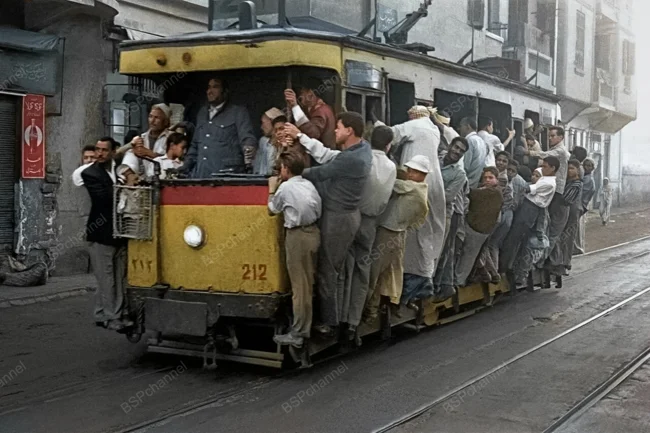
Photographer: Frank Horvat
The Cairo tram line was opened on August 12, 1896 and was originally built and operated by the Belgian company "SA des Tramways du Caire". The network developed rapidly: by 1917, there were 22 routes in the city, including a ferry across the Nile. The tram was later extended to the famous Great Pyramids of Giza, becoming a convenient way to transport tourists. However, with the launch of the Cairo Metro in 1987, the tram gradually lost its importance and began to be pushed out of the city streets, giving way to a more modern and faster form of transport.




